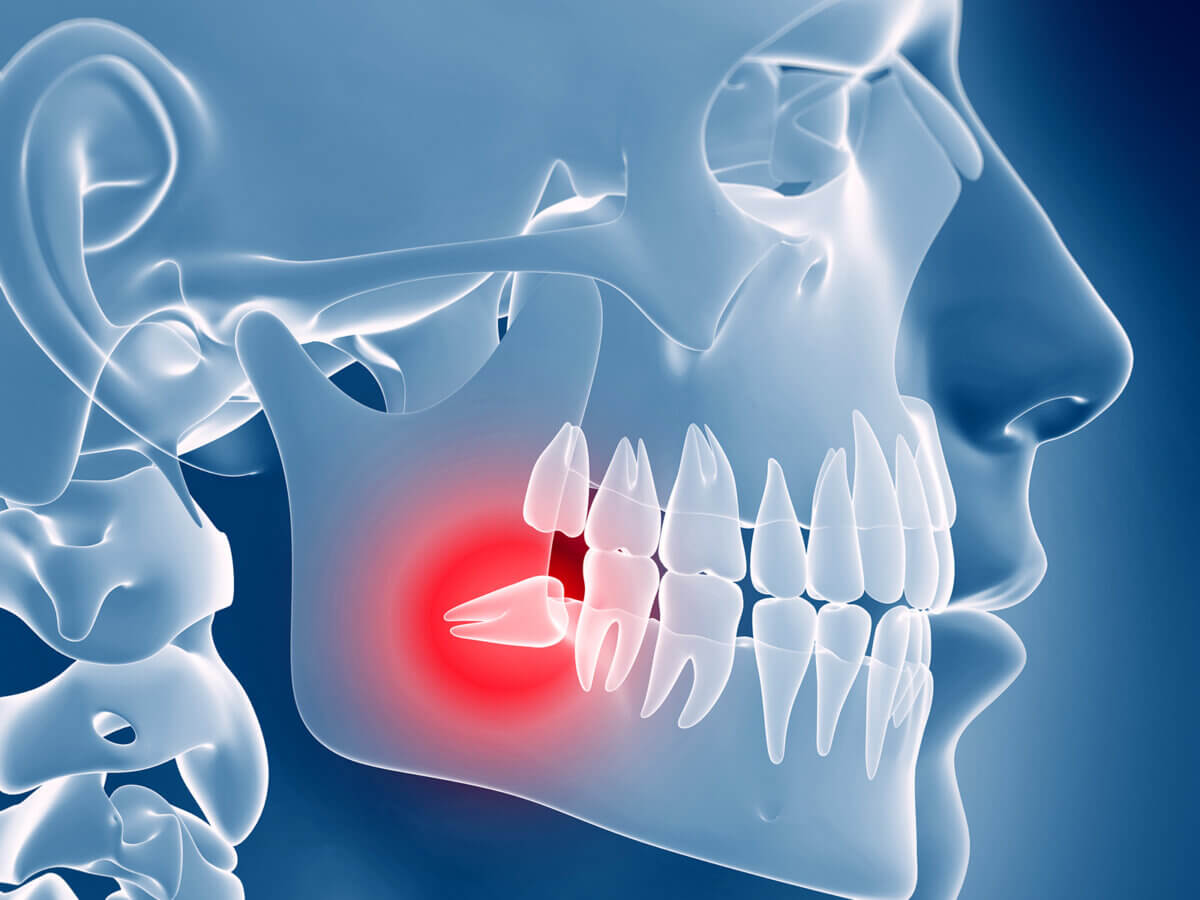Wisdom tooth extraction is suitable depending on your wisdom teeth’ position and shape. Most dentists advise removing wisdom teeth even if no pain or swelling remains. Your wisdom teeth can be stuck and hurt your jaw if not removed. Your mouth may not have enough space for your teeth or may be at an angle that can harm other teeth roots and gums.
These days oral surgery for wisdom teeth removal is standard practice. Most of you might wonder if it is essential. There are some aspects in which wisdom teeth can stay as they are. If your wisdom teeth are healthy, erect, and fully erupted, removing them is unnecessary.
Signs You Need Wisdom Teeth Removal
Several signs can indicate if wisdom tooth extraction is a must. Sometimes you may experience pain, swollen areas or cysts, and even extensive damage to nearby teeth. You may also feel extensive tooth decay or infection around the wisdom teeth.
Suppose teeth remain entirely within the gums. If you decide not to remove the wisdom teeth with Orthodontic treatment, it can impact your jaw badly. Sometimes it results in infection or fluid-filled sacs that can hurt bone support or teeth roots.
The area is hard to clean if wisdom teeth emerge partially through the gums. This partially visible wisdom tooth extraction is necessary because they can get easily infected. They can attract a lot of bacteria that can lead to oral infection and can be a must when it comes to maintaining good oral health care.
Suppose your wisdom teeth are in a crowded area. If they have no place to come out correctly, they might also damage the nearby teeth. Some dentists suggest not removing wisdom teeth until they fully emerge, while others recommend removing them. It’s better to talk to the dentist and decide after a couple of X-rays.
Why is Wisdom Teeth Removal needed?
When wisdom teeth cause problems or X-rays detect issues, they require orthodontic treatment immediately. Some reasons mentioned here indicate why it is necessary to have wisdom teeth extraction.
- Damage to nearby teeth
Wisdom teeth might cause damage to the nearby teeth if they are out in a crowded spot. They might push other teeth, damage the teeth’ shape, and even damage the bone support.
- Jaw Damage
Fluid-filled cysts can form around partially out wisdom teeth, which might need orthodontic treatment. If not treated, they can hollow out the jaw and severely damage your bone roots and nerves.
- Sinus Issues
Problems with wisdom teeth can cause extreme sinus pain, a feeling of pressure, and congestion.
- Inflamed Gums
Wisdom teeth can come at an angle, and tissue around these can swell and harden up. This inflamed tissue is tough to clean up and can cause severe pain.
- Cavities
Swollen gums can create pockets that can cause bacteria growth at the inflamed area and allow cavities to form. Cavities can damage the teeth further and even hurt the bone support.
- Teeth Alignment
Impacted teeth need wisdom teeth extraction immediately to maintain teeth alignment. Crowding and pushing nearby teeth can hurt the gums and you will require dental extractions to maintain good oral health.
Final Thoughts
The decision to remove wisdom teeth is complex. It would be best to have professional advice and tips to make the right decision. A tilted or bent tooth can cause so much damage to your overall teeth’ shape and alignment. With professional dental experts and tests, you can decide what’s best for you.
A simple surgical process is better than facing extreme pain and discomfort because of wisdom teeth. Visit your dentist and decide what’s best for you.





